I discovered this by accident while looking for tools and power equipment. Cost a whole $25 in a lot that included a nice old VHF signal generator. The cabinet design is very dramatic (bright colors and windows in your computer case are nothing new, sorry gamers) and seems to have been built for an impressive stage presence. The operation position is a roughly 45° angle, thanks to a built-in kickstand on the back.
Science fair project? Classroom demonstration? The innards are a modified version of the plans published in the January 1960 issue of Electronics Illustrated. Major differences being eight modules instead of six, and the deletion of the multiplication circuit All the components date from before 1962 or so. The guy who built this must have been one of the few people in the world to have anything involving solid-state logic in their house at the time.
Requires some minor repair and perhaps some re-engineering to make it fully functional. Looking forward to being able to count to 255 without using my fingers.
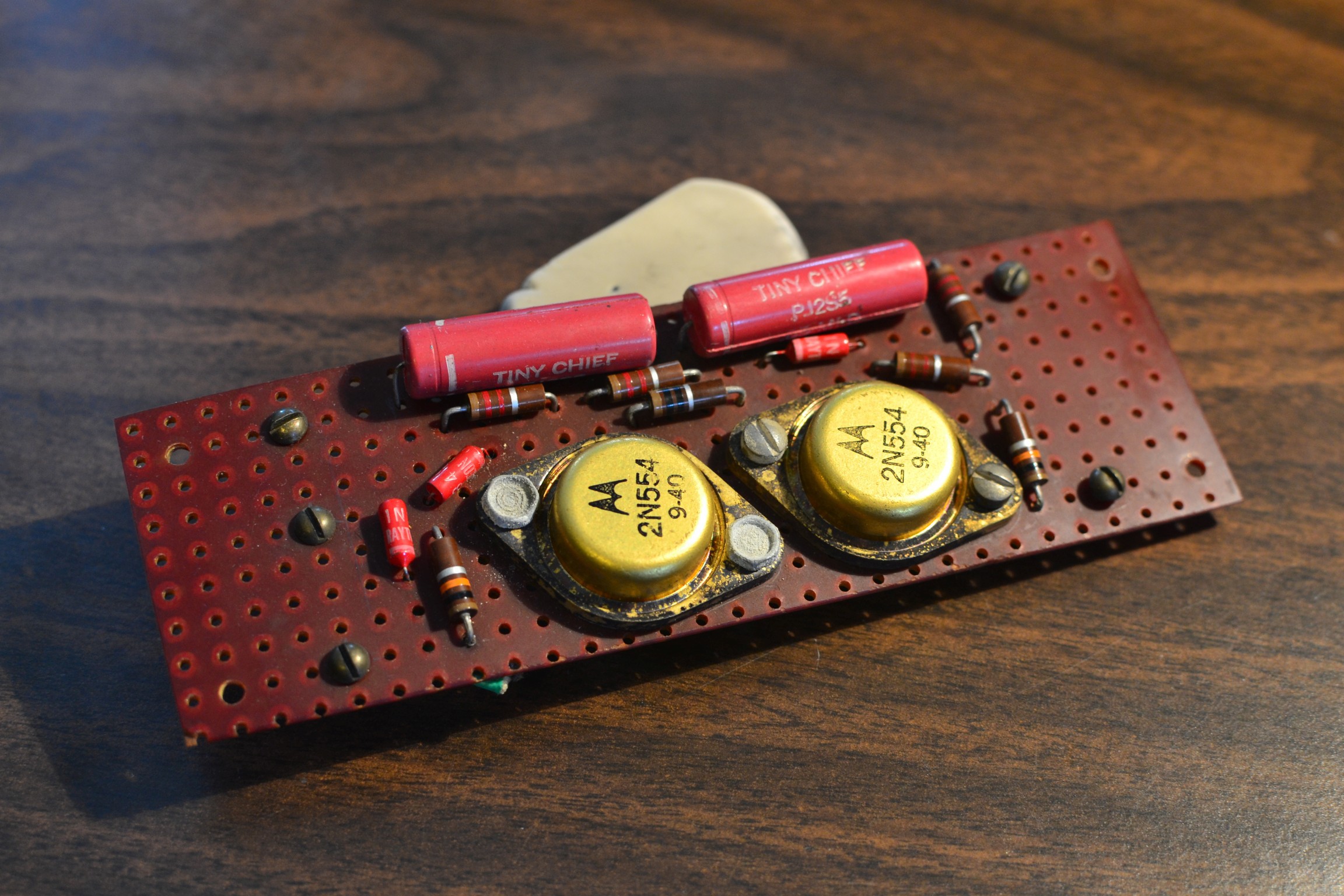
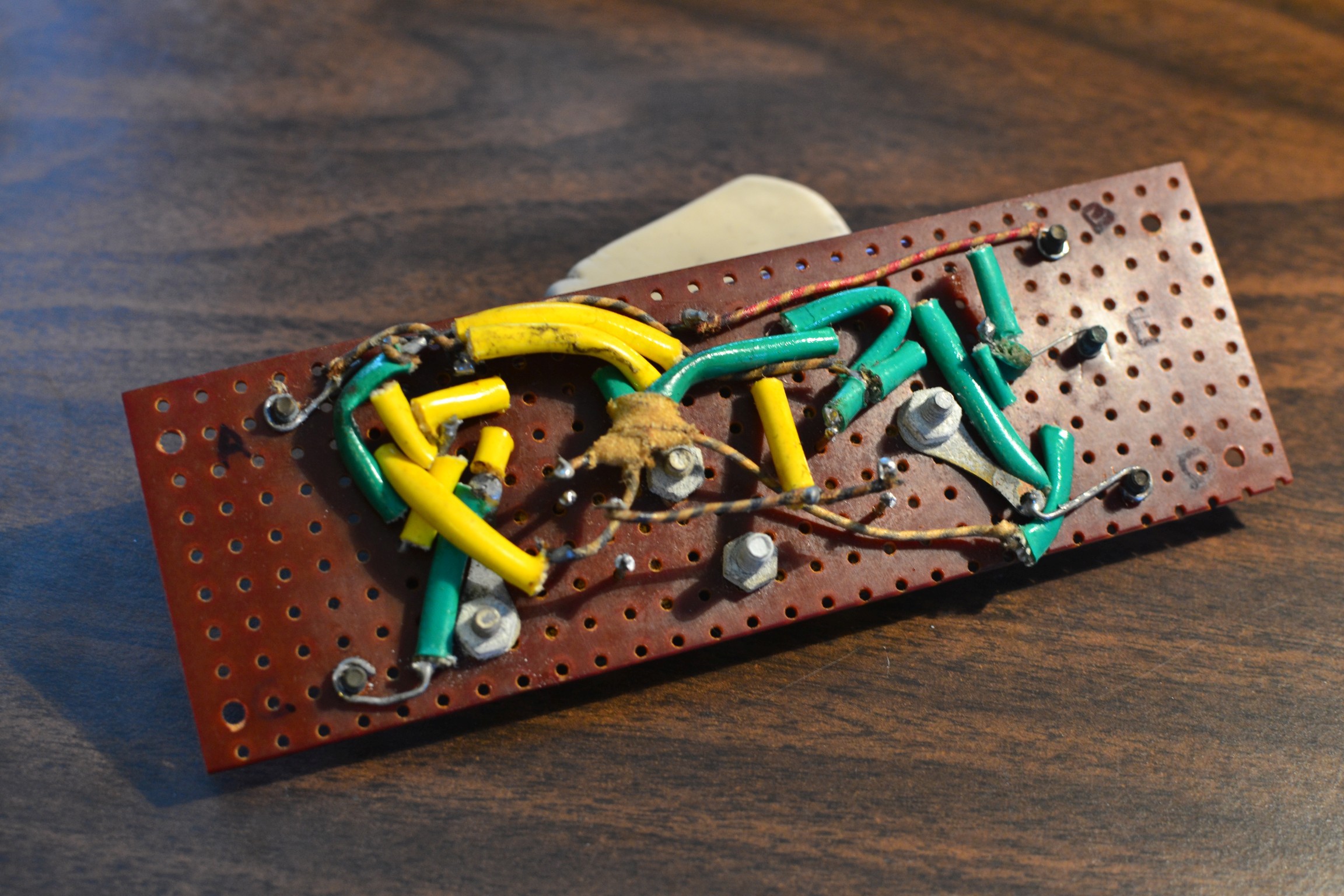
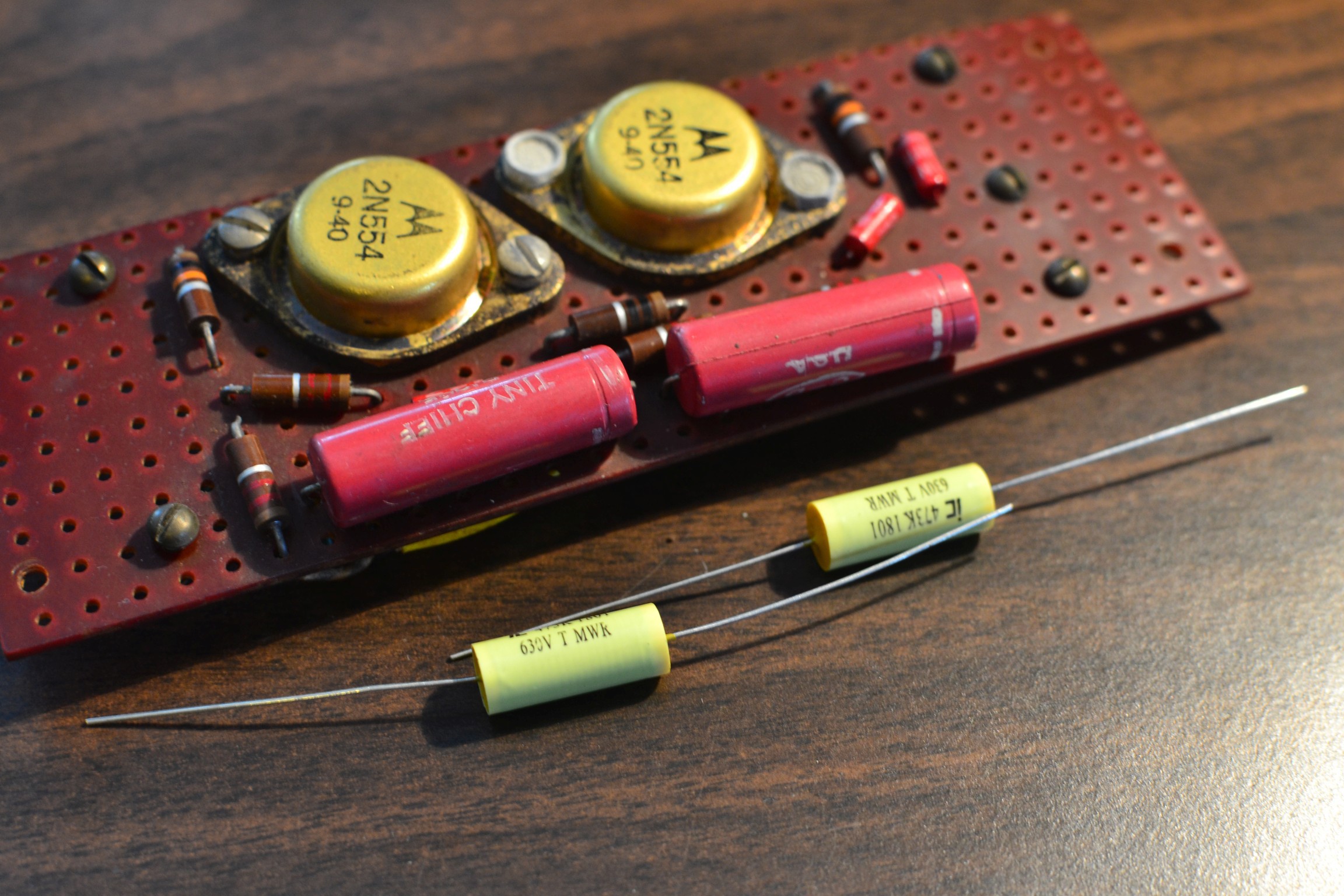

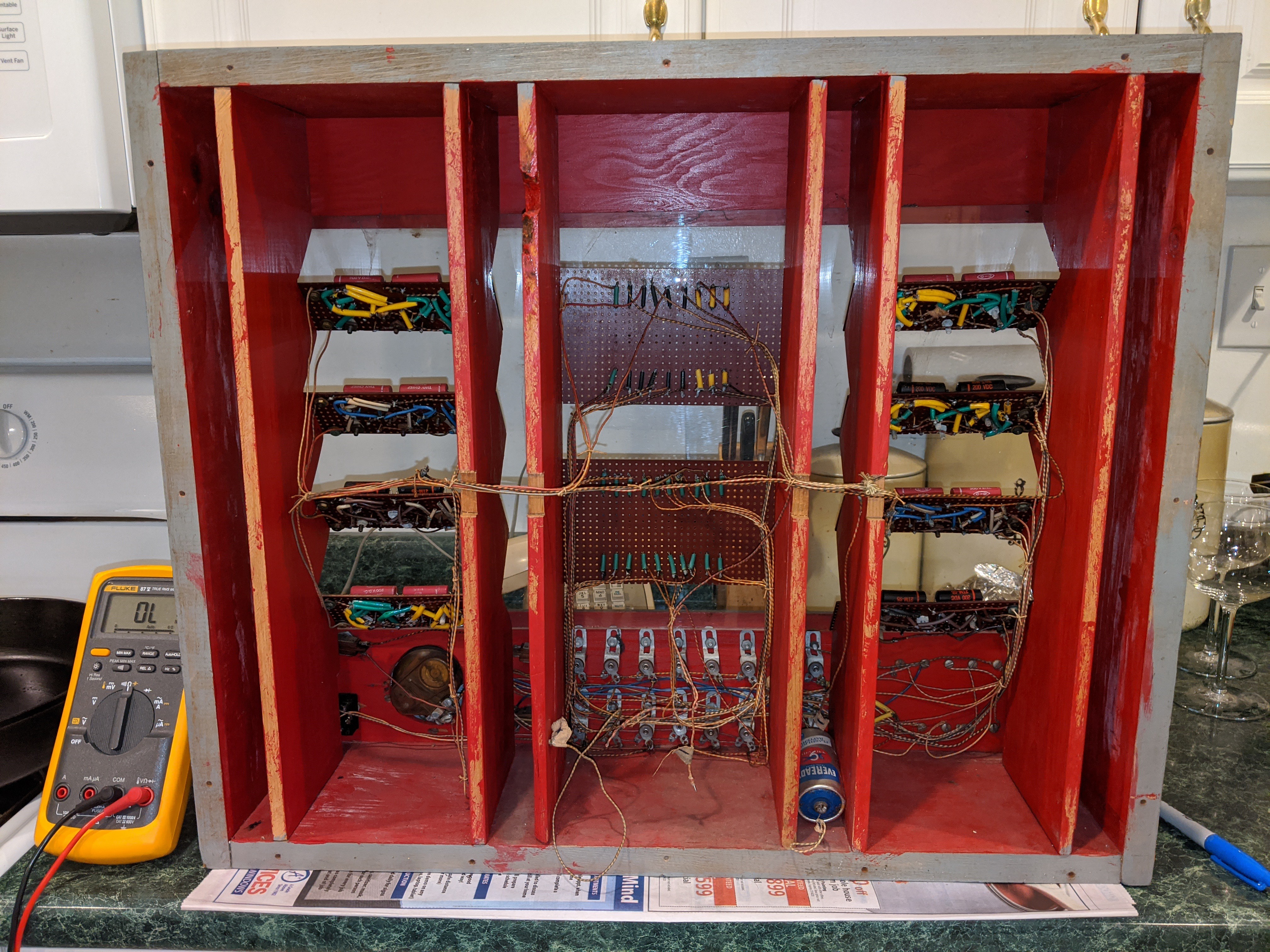
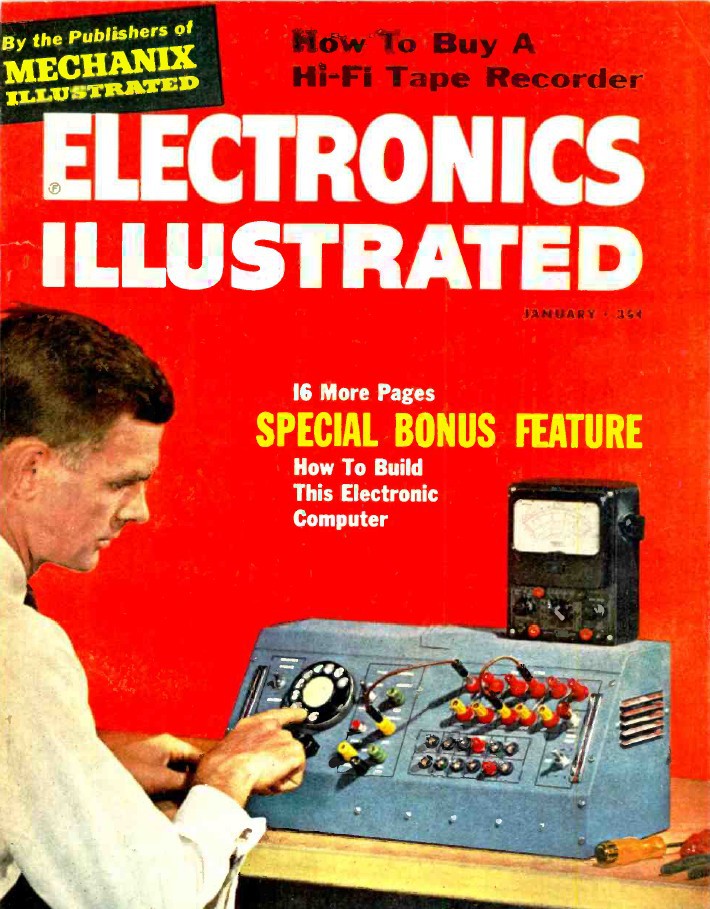
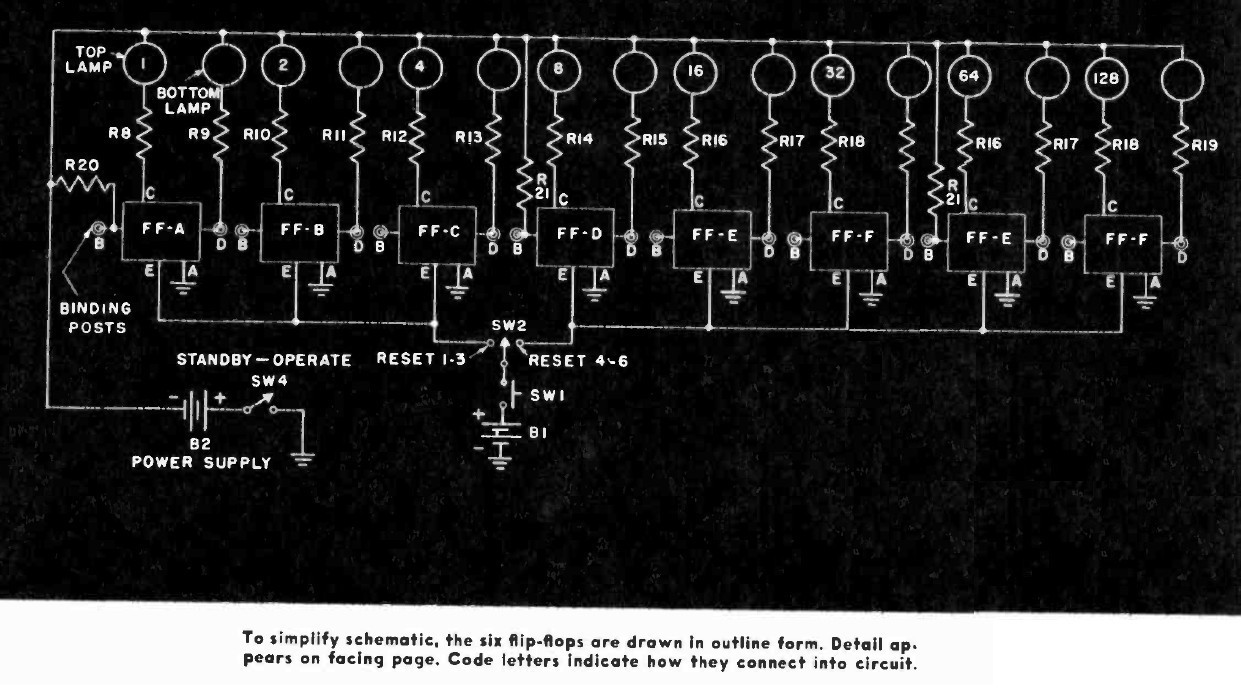

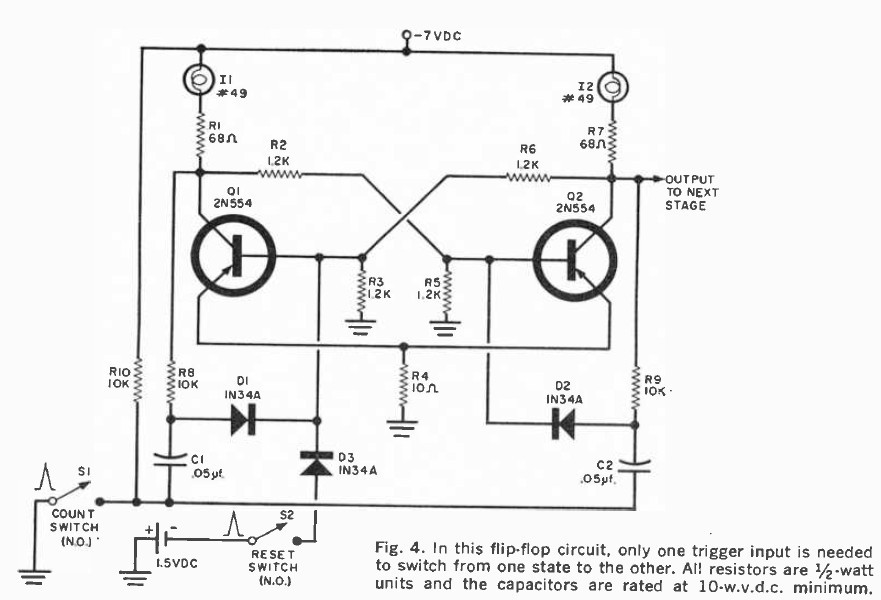










 Keri Szafir
Keri Szafir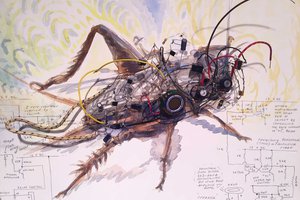
 Kelly Heaton
Kelly Heaton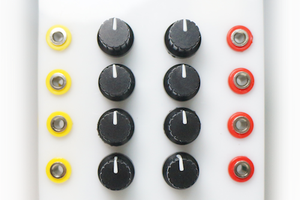
 Castle Rocktronics
Castle Rocktronics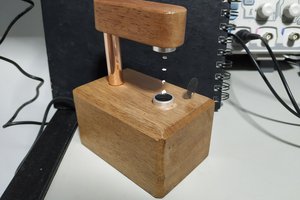
 Kuro
Kuro
Yay !!!
https://hackaday.com/2020/09/06/restoring-an-unusual-piece-of-computing-history/